When choosing lighting for your home or business, one of the most common questions is whether to use a spotlight or a floodlight.
The key difference lies in their beam width and purpose.
Spotlights emit a narrow, focused beam, while floodlights provide a wide, diffused beam for covering larger areas.
To give you a quick overview of these differences, here’s a handy table that summarizes the key distinctions between spotlights and floodlights:
| Feature | Spotlights | Floodlights |
|---|---|---|
| Beam Angle | 10° to 40° (narrow, focused beam) | 45° to 130° (wide, diffuse beam) |
| Best Use | Highlighting specific areas or objects | Illuminating large outdoor areas |
| Applications | Accent lighting, task lighting, outdoor features | Security lighting, general lighting, large spaces |
| Lighting Distance | Longer distance with more intensity | Shorter distance with broader coverage |
| Security Use | Targeted areas (entryways, porches) | Wide areas (driveways, backyards) |
| Typical Locations | Indoor (artwork, rooms), outdoor (trees, pathways) | Outdoor (yards, patios), security lighting |
Understanding the differences between spotlights and floodlights is essential for picking the right lighting for your needs.
Whether you’re lighting up your garden, adding security to your driveway, or enhancing the ambiance of a room, knowing when to use each type of light will help you get the perfect results both indoors and outdoors.
Let’s explore how to choose the right light for the right space!
Spotlights: Narrow, Focused Lighting for Precision
Spotlights are designed to emit a narrow, concentrated beam of light, typically between 10° and 40°, making them perfect for precision lighting.
This focused beam allows you to highlight specific areas or objects with a sharp, intense light, directing attention exactly where you want it.
Applications
Spotlights are ideal for accent lighting, bringing attention to particular features such as artwork, sculptures, or architectural details in a room.
They’re also commonly used for task lighting in areas where precision is key, such as illuminating a workspace, reading area, or kitchen countertop.
Adjustable Angles
Many modern spotlights come with adjustable beam angles, providing flexibility in how and where the light is directed.
This feature is especially useful when you need to change the focus of the light depending on the layout or function of the space.
Indoor & Outdoor Use
Spotlights are versatile and work well in both indoor and outdoor settings:
- Indoor: Use them to accentuate artwork in a living room or to create dramatic lighting effects in hallways or entryways.
- Outdoor: Spotlights can beautifully illuminate trees, statues, or pathways in a garden, adding both functionality and aesthetic appeal to your outdoor space.
With their narrow beam and adjustable angles, spotlights offer precise, targeted lighting, making them a go-to choice for highlighting specific features or creating a focal point in any space.
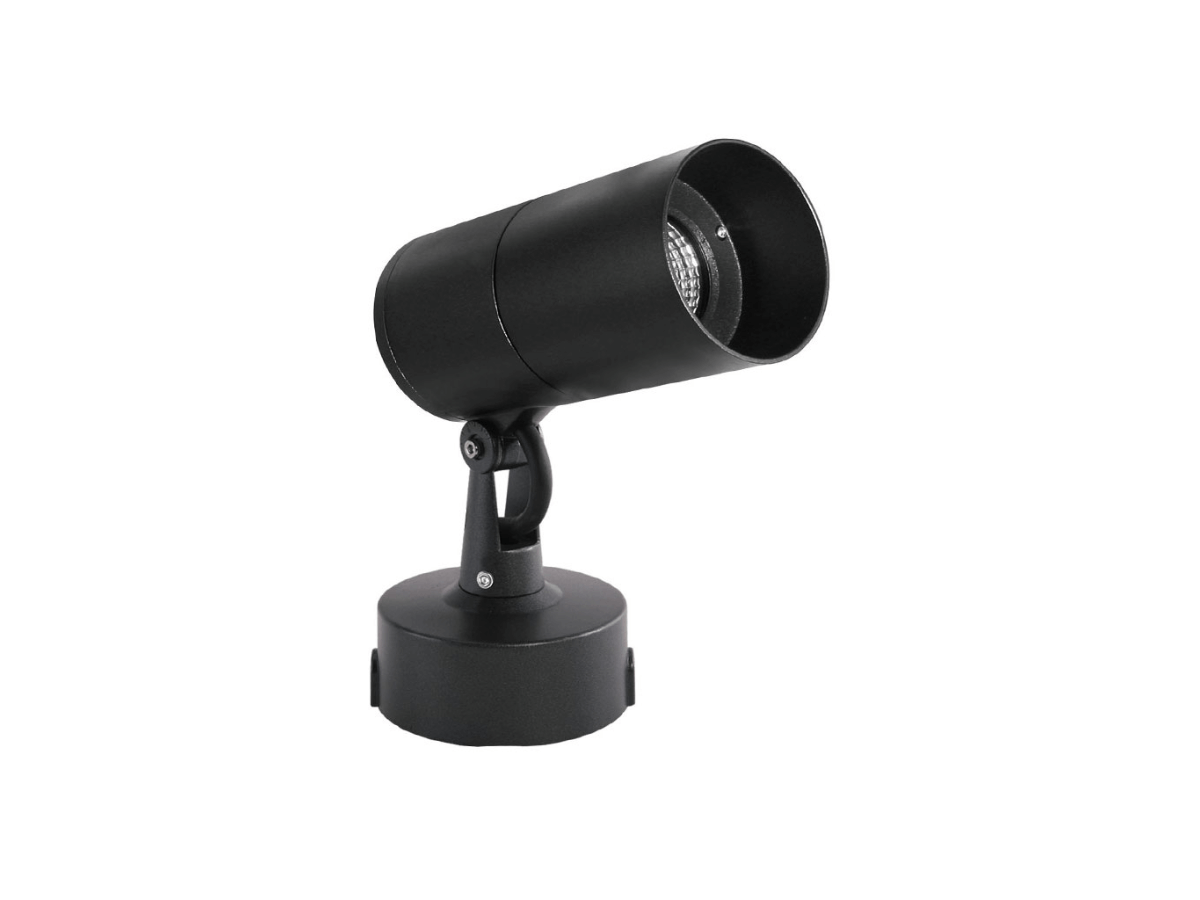
Floodlights: Broad, General Lighting for Large Areas
Floodlights are designed to cast a wide, diffuse beam of light, typically ranging from 45° to 130°.
This makes them perfect for illuminating large spaces, providing broad, general lighting that covers more area compared to spotlights.
Applications
Floodlights excel in outdoor settings where large areas need to be well-lit.
They’re commonly used for lighting up yards, parking lots, building facades, and patios.
Floodlights are also highly effective for security lighting due to their wide coverage, making it easier to see potential intruders or hazards.
Durability
Because they’re often installed outdoors, floodlights are typically built to be weather-resistant and durable, standing up to harsh conditions like rain, wind, and extreme temperatures.
This makes them reliable options for outdoor spaces that need consistent lighting throughout the year.
Indoor Use
While primarily used outdoors, floodlights can also be used indoors in larger rooms where general or ambient lighting is needed.
They work well in garages, basements, or even large living rooms that require even illumination across a wide area.
Floodlights are the go-to solution for broad, powerful lighting, ensuring safety, visibility, and ambiance in large spaces both indoors and out.
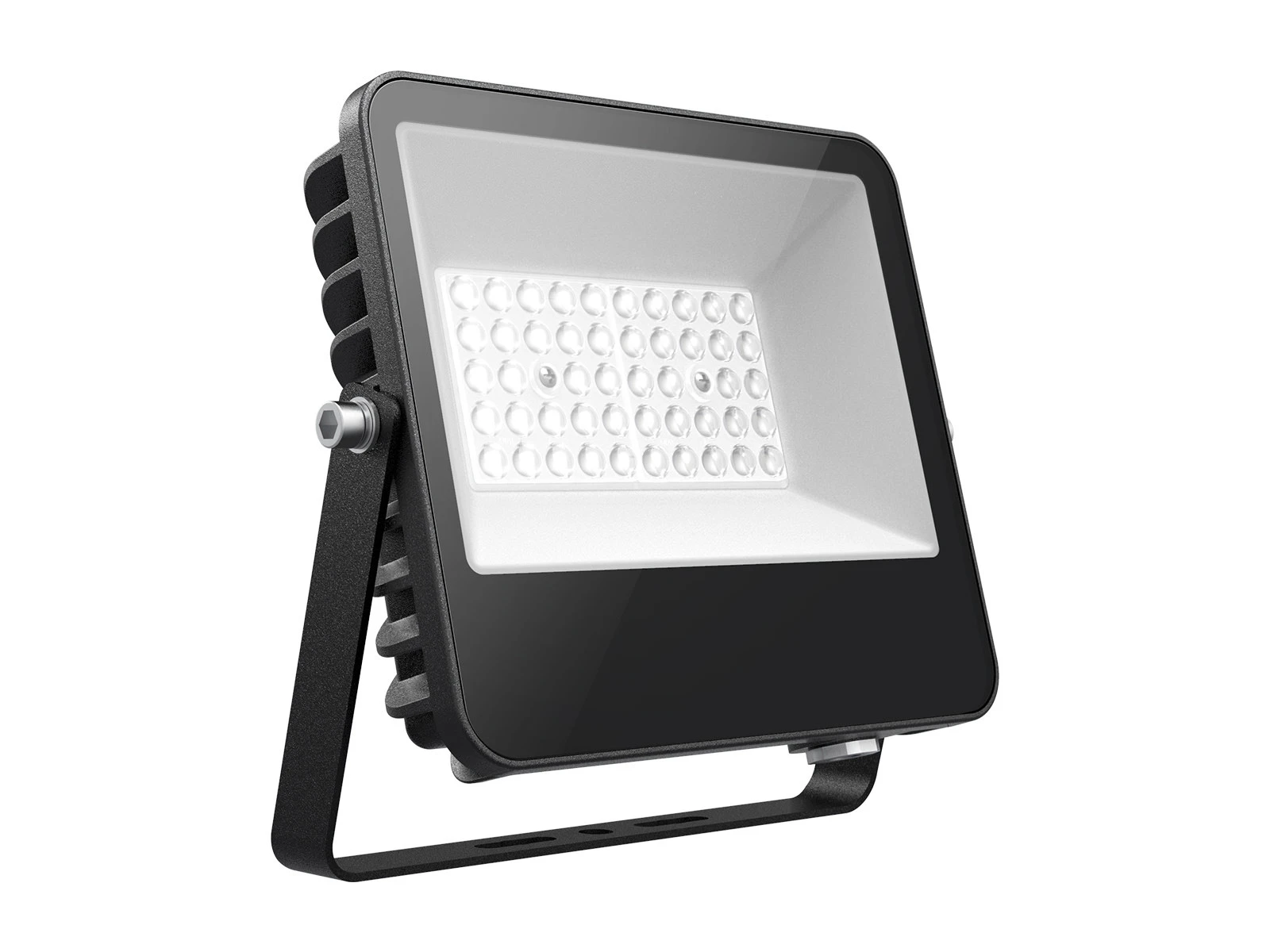
Beam Angle and Coverage: Why It Matters
The beam angle of a light plays a crucial role in determining both the spread and intensity of light.
A smaller beam angle results in a more concentrated, focused light, while a larger angle spreads light over a wider area but with less intensity.
Spotlights vs. Floodlights
- Spotlights typically have a smaller beam angle (10° to 40°), which focuses light on a specific area or object. This concentrated beam provides more intensity over a small, defined space, making it ideal for accent lighting or task-specific illumination.
- Floodlights, on the other hand, have a larger beam angle (45° to 130°), which disperses light over a broad area. While the light is spread out, the intensity diminishes across the larger coverage area, making them perfect for general or security lighting.
NEMA Classification
For advanced users, the NEMA classification system provides additional details on beam intensity.
This system measures both the horizontal and vertical spread of a light beam, offering insight into how a light fixture will perform in terms of coverage and intensity.
It’s particularly useful for those looking to fine-tune their lighting choices for specific applications.
Understanding beam angles helps ensure you’re choosing the right light for the right purpose, whether it’s precision lighting with a spotlight or broad coverage with a floodlight.

Spotlights vs. Floodlights for Security Lighting
When it comes to security lighting, both spotlights and floodlights serve important purposes, but their applications differ based on the area you need to monitor.
Spotlight Cameras
Spotlight cameras are perfect for monitoring specific, targeted areas, such as entryways, porches, or side yards.
Their narrow, focused beam illuminates a small space, making them ideal for pinpointing activity around key points of entry.
This focused lighting can act as a deterrent, while the camera ensures detailed visibility in these confined areas.
Floodlight Cameras
On the other hand, floodlight cameras are designed to cover larger areas such as driveways, backyards, or alleyways.
Their wide, diffuse beam ensures broader coverage, providing enhanced visibility over a wide range of space.
These are ideal for situations where you need to monitor expansive outdoor areas and ensure security over a greater distance.
Comparison for Security Needs
- Use spotlight cameras for focused, detailed monitoring of specific spots.
- Choose floodlight cameras when you need broader, general coverage over larger areas.
Both spotlights and floodlights can effectively enhance home security, but selecting the right one depends on the size and focus of the area you want to protect.
Indoor and Outdoor Applications of Spotlights and Floodlights
Indoor Spotlights
Spotlights are a great choice for highlighting interior features.
Use them to draw attention to artwork, architectural details, or even decorative pieces in your home.
They’re also perfect for task lighting in areas where focused light is essential, such as kitchens, offices, or reading nooks.
Outdoor Spotlights
When used outdoors, spotlights shine a focused beam on specific elements of your landscape, like trees, garden sculptures, or outdoor decorations.
This creates a dramatic and visually appealing effect, making your outdoor space look refined and well-lit at night.
Outdoor Floodlights
Floodlights are ideal for illuminating large outdoor spaces.
Whether you’re lighting up a yard, patio, or driveway, floodlights provide broad, even illumination.
They’re also highly effective for enhancing home security, covering large areas with bright, consistent light.
Combining Both for Maximum Effect
To create a balanced and visually interesting landscape, combine floodlights and spotlights.
Use floodlights for general lighting and spotlights for accents.
This layering approach allows you to achieve a dynamic and layered illumination, providing both security and aesthetic appeal for your home’s exterior.
By mixing these lighting types, you get the best of both worlds: wide coverage and precise highlights that transform your indoor and outdoor spaces.
Key Features to Look for in Spotlights and Floodlights
When choosing between spotlights and floodlights, certain features can enhance both performance and convenience. Here are some important features to consider:
LED Technology
LED spotlights and floodlights offer significant benefits in terms of energy efficiency and longevity. (Source: Department of Energy – LED Lighting)
They use far less power compared to traditional lighting…”
Plus, they last much longer, reducing the need for frequent replacements and maintenance.
Motion Sensors
Motion-activated spotlights and floodlights are ideal for security purposes.
These lights automatically turn on when they detect movement, helping you conserve energy by only illuminating when necessary.
They also act as a deterrent for potential intruders by providing instant, bright lighting.
Dusk-to-Dawn Sensors
Lights equipped with dusk-to-dawn sensors automatically turn on at night and off during the day, ensuring your outdoor areas are illuminated without the need for manual control.
This feature is convenient and helps avoid wasted energy from leaving lights on unnecessarily.
Smart Features
For ultimate convenience, look for lights with smart home compatibility and app control.
These features allow you to control your lights from your smartphone or integrate them with other smart home devices, such as Alexa or Google Home.
You can adjust settings, control timers, and even monitor your lighting remotely, adding an extra layer of convenience and security.
These key features not only enhance the functionality of your spotlights and floodlights but also help you maximize energy efficiency, convenience, and security in your lighting setup.
Choosing the Right Lighting: Factors to Consider
When selecting between spotlights and floodlights, it’s important to think about the specific requirements of your space.
Here are a few key factors to consider:
Beam Angle
The beam angle determines how wide or narrow the light spreads.
For smaller, focused areas, choose a narrow beam spotlight (10° to 40°) for precision lighting.
For broader coverage, opt for floodlights with a wide beam (45° to 130°) to illuminate larger spaces like yards or driveways.
Purpose
Determine your lighting goal:
- Task lighting: Spotlights are ideal for workspaces, kitchens, or reading areas where concentrated light is needed.
- Accent lighting: Use spotlights to highlight artwork, sculptures, or architectural details.
- General illumination: Floodlights are better for lighting up large spaces like patios, gardens, or parking lots.
Security Needs
For security purposes, floodlights are best for covering large areas like backyards or driveways.
If you need to monitor specific entry points, such as doorways or porches, spotlights provide the focused lighting necessary to highlight smaller, targeted areas.
By considering the beam angle, purpose, and security needs, you can choose the most effective lighting to enhance both the functionality and aesthetic of your space.
FAQs About Spotlights and Floodlights
What is brighter, a spotlight or a floodlight?
Both spotlights and floodlights can be equally bright, depending on the lumens they produce. However, a spotlight’s narrow beam focuses the light on a smaller area, making it appear brighter than a floodlight, which spreads the light over a broader area, reducing its intensity.
What is the difference between spot and flood driving lights?
Spot driving lights emit a focused beam that illuminates further down the road, making them ideal for long-distance visibility. Flood driving lights produce a wider, diffused beam that illuminates more of the immediate area, making them better for closer-range visibility and broader coverage.
What is spotlight vs floodlight thinking?
Spotlight thinking refers to focusing on specific details or areas, much like how a spotlight targets a small, defined area. Floodlight thinking, on the other hand, involves looking at the bigger picture, similar to how a floodlight illuminates a wide space. These terms are often used in problem-solving or decision-making contexts.
What is the difference between floodlight and downlight?
A floodlight is designed to cast a wide beam over large areas, commonly used for outdoor lighting. A downlight, however, is typically recessed into ceilings and casts a narrow beam downward, providing more focused lighting for indoor applications like kitchens, hallways, or living rooms.
Conclusion
In summary, spotlights and floodlights serve different purposes—spotlights provide focused, narrow beams for accent and task lighting, while floodlights offer broad coverage for larger areas and security.
Choosing the right light depends on the size of the area and the specific lighting needs.
Ready to upgrade your lighting?
Whether you’re enhancing home security or creating ambiance, choose the perfect combination of spotlights and floodlights to meet your needs.
Shop for energy-efficient LED options and modern features like motion sensors for maximum convenience and security!


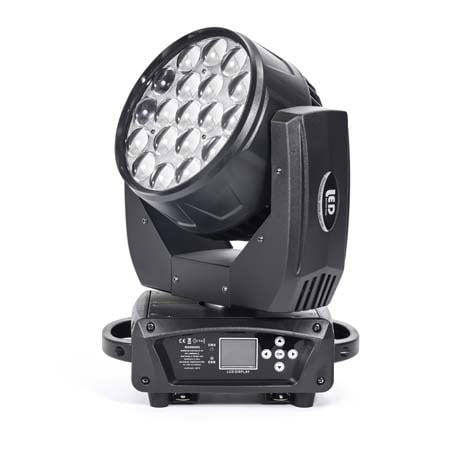





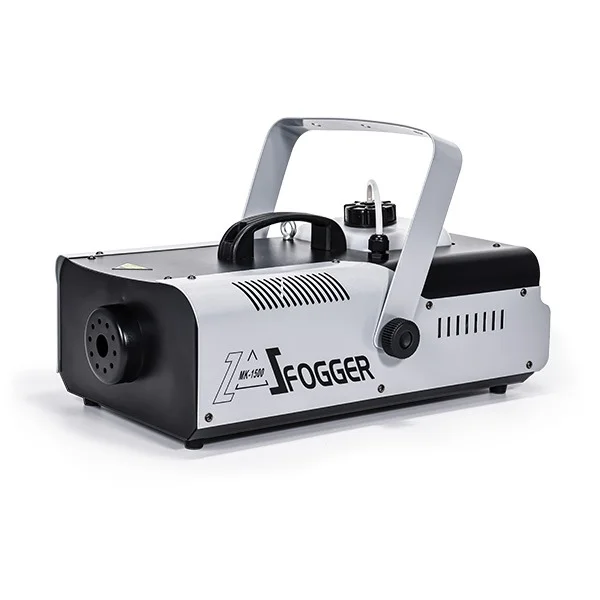
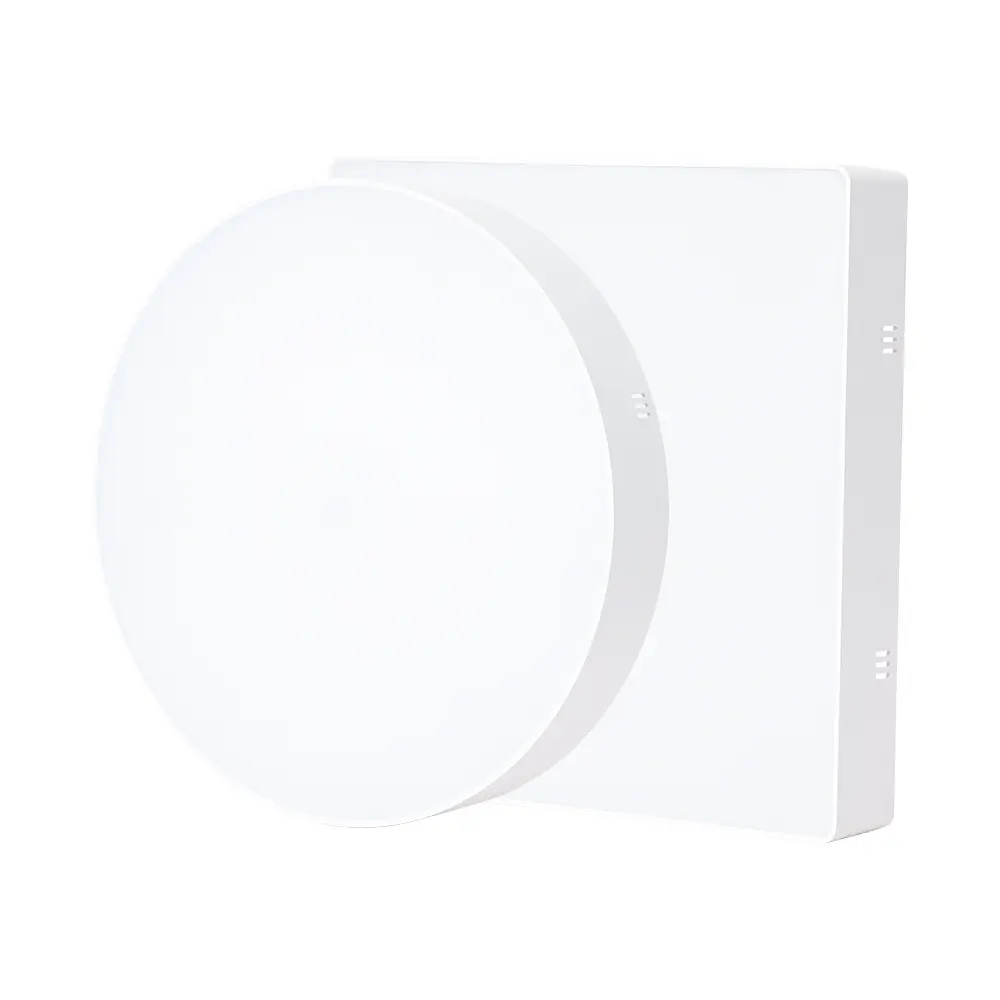

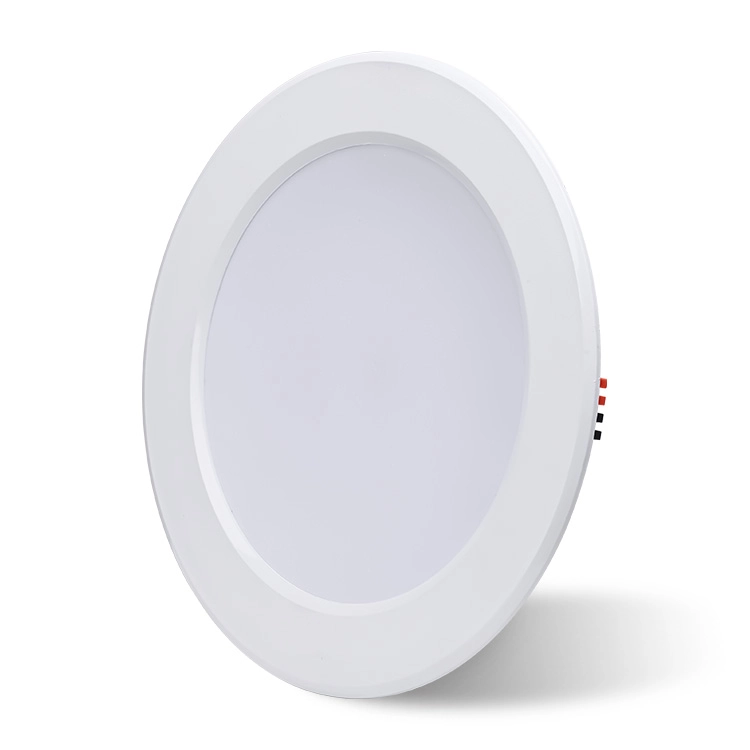
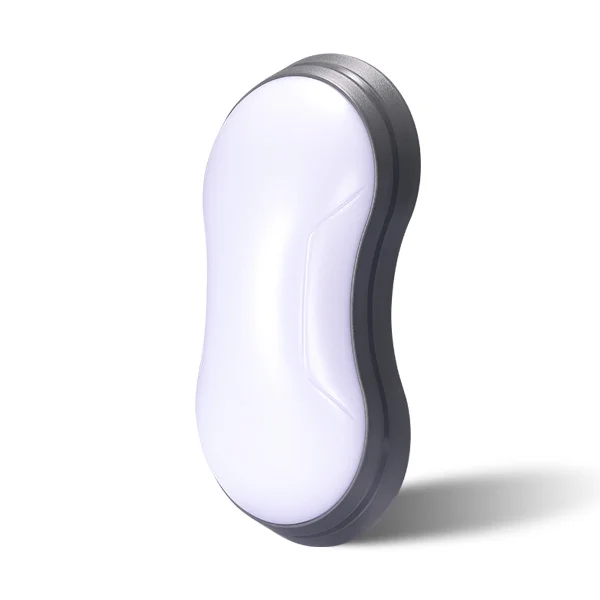

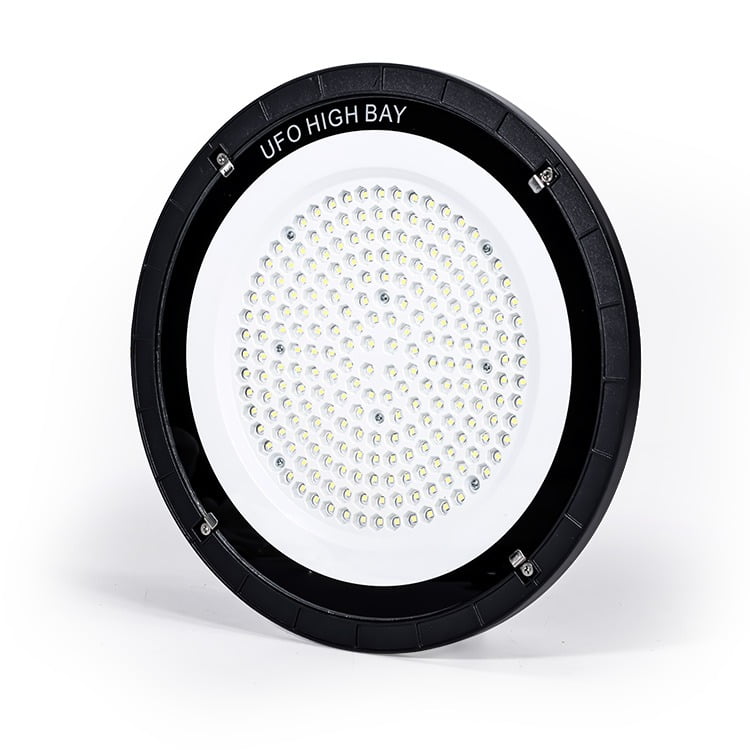
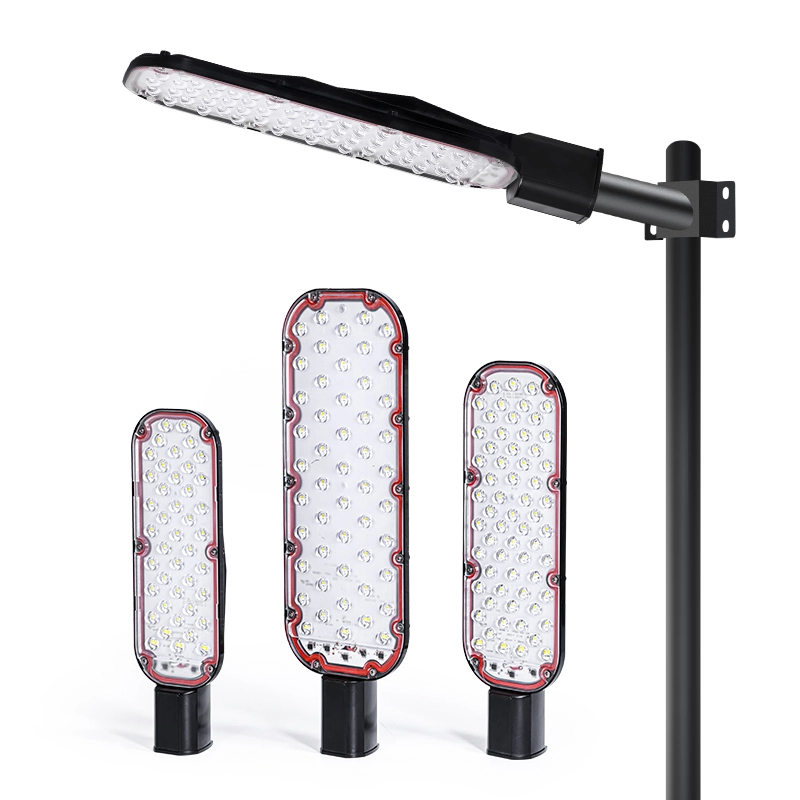

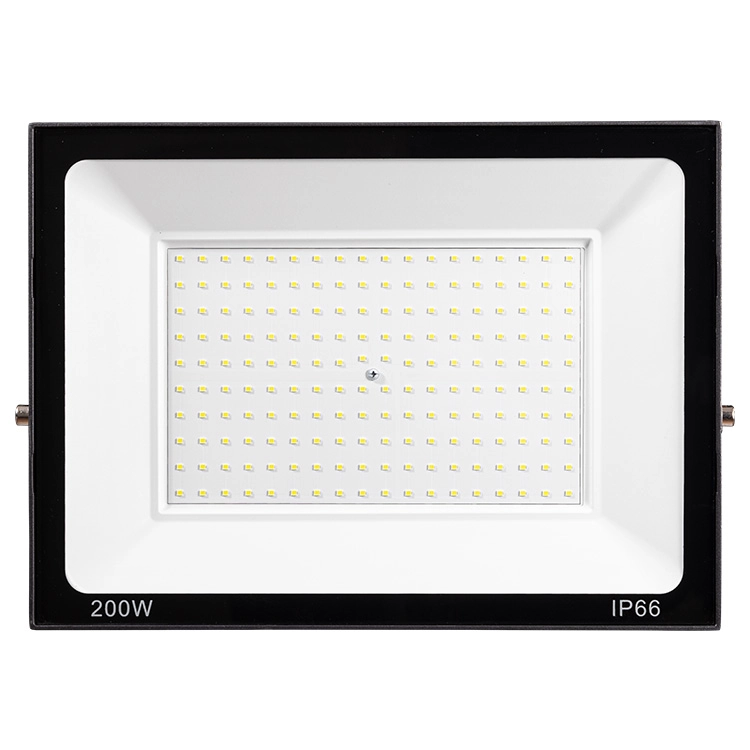
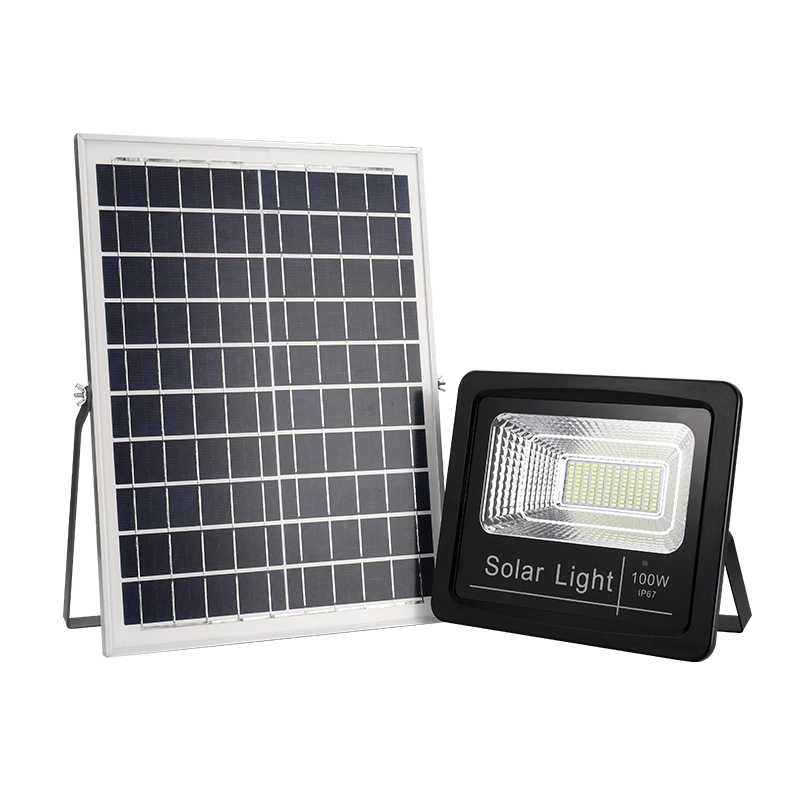
![led design ideas - 17 LED Design Ideas to Transform Your Home [February 2025] - Vorlane led design ideas - 17 LED Design Ideas to Transform Your Home [February 2025] - Vorlane](https://vorlane.com/wp-content/uploads/2025/01/led-design-ideas.webp)
![outdoor lighting ideas - 20 Brilliant Outdoor Lighting Ideas: Transform Yard [2025] - Vorlane outdoor lighting ideas - 20 Brilliant Outdoor Lighting Ideas: Transform Yard [2025] - Vorlane](https://vorlane.com/wp-content/uploads/2025/02/outdoor-lighting-ideas.jpg)
![disadvantages of led lights - Disadvantages of LED Lighting: Reveal Cost, Real Risk [2025] - Vorlane disadvantages of led lights - Disadvantages of LED Lighting: Reveal Cost, Real Risk [2025] - Vorlane](https://vorlane.com/wp-content/uploads/2025/01/disadvantages-of-led-lights.webp)
![Best LED Lights for Home - Best LED Lights for Home: Top Choices [2025] - Vorlane Best LED Lights for Home - Best LED Lights for Home: Top Choices [2025] - Vorlane](https://vorlane.com/wp-content/uploads/2025/01/Best-LED-Lights-for-Home.webp)
![beam angle calculator - Beam Angle Calculator – Simplify Lighting Calculations [2025] - Vorlane beam angle calculator - Beam Angle Calculator – Simplify Lighting Calculations [2025] - Vorlane](https://vorlane.com/wp-content/uploads/2025/01/beam-angle-calculator.webp)
![COB Light vs Panel Light - COB Light vs Panel Light: Understanding the Differences [2025 ] - Vorlane COB Light vs Panel Light - COB Light vs Panel Light: Understanding the Differences [2025 ] - Vorlane](https://vorlane.com/wp-content/uploads/2025/01/COB-Light-vs-Panel-Light.jpg)

